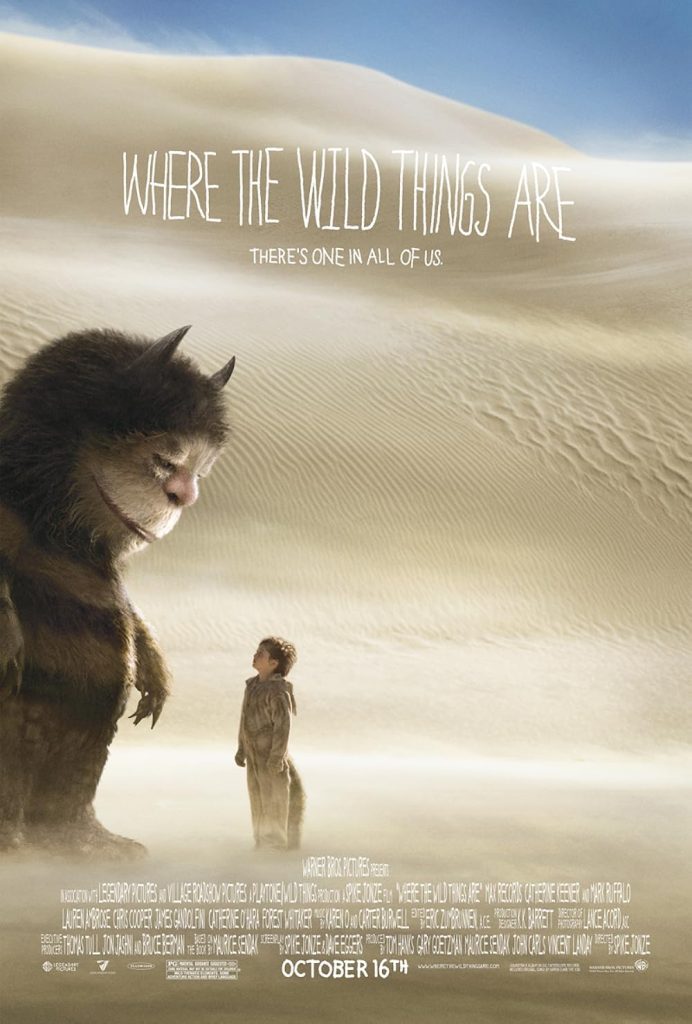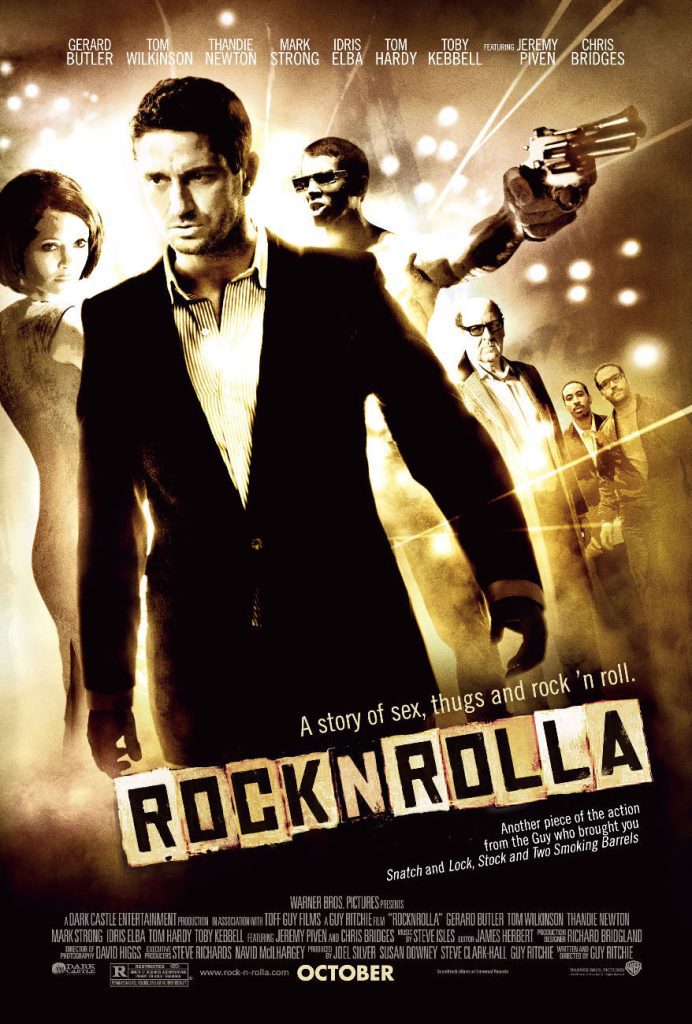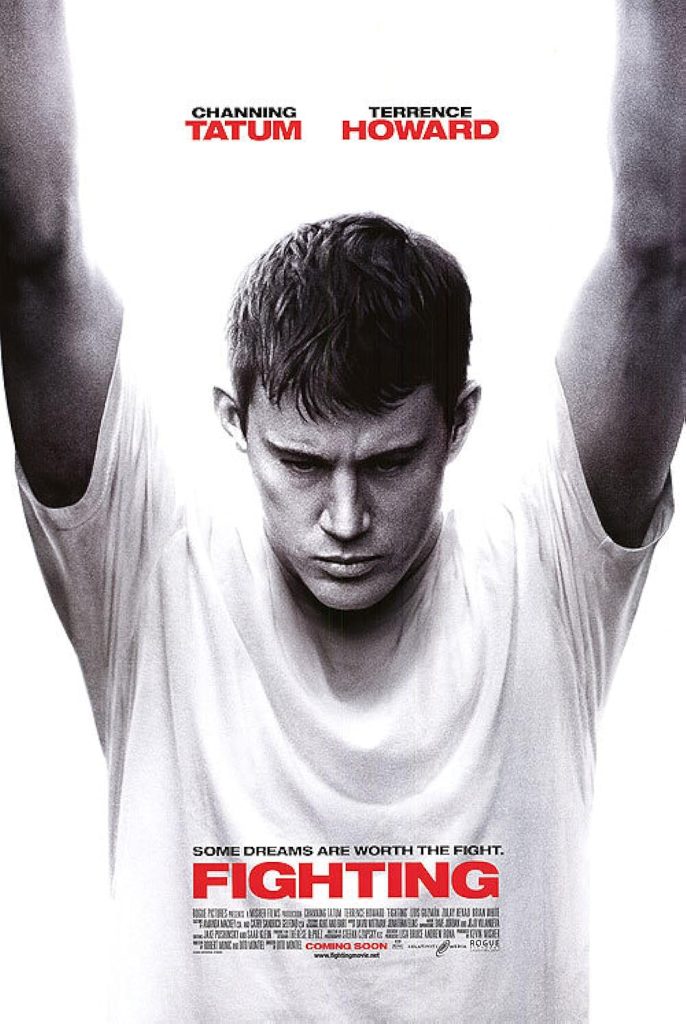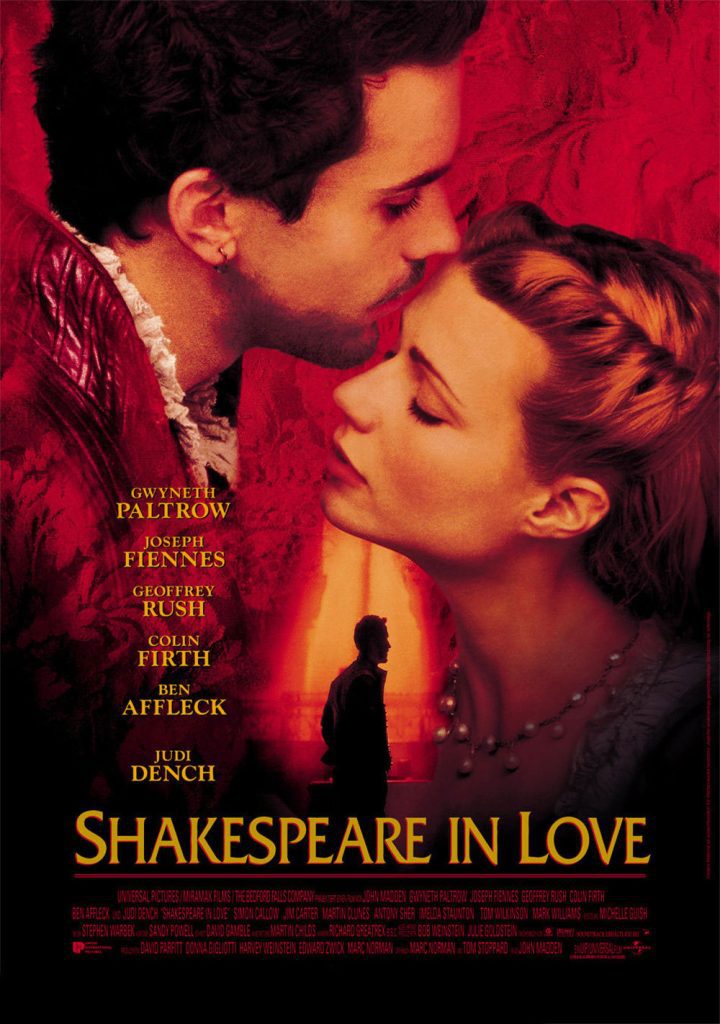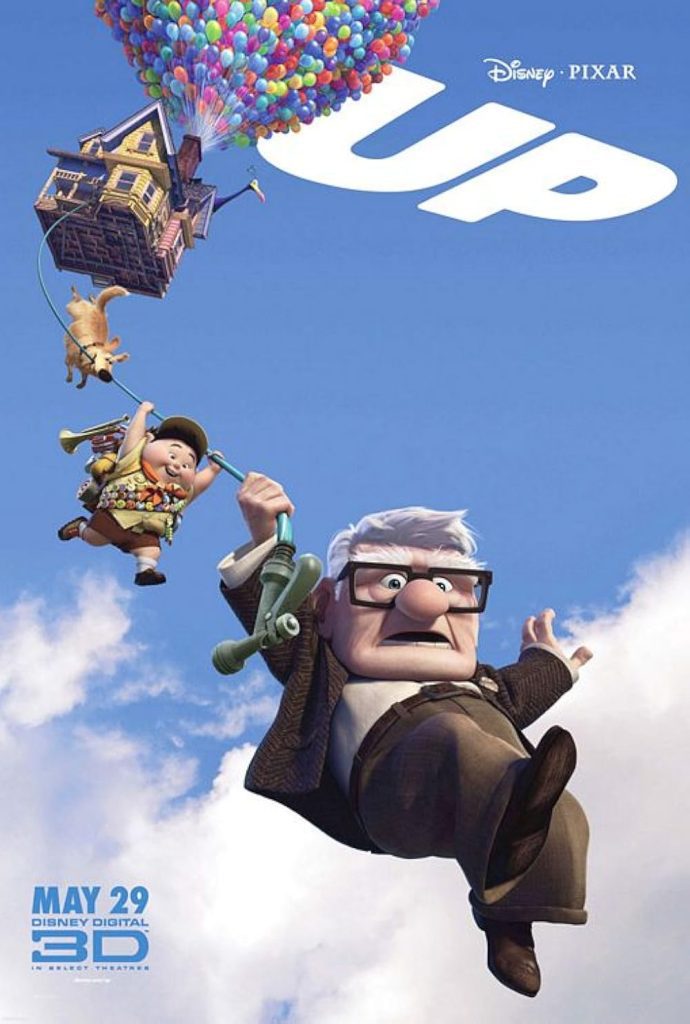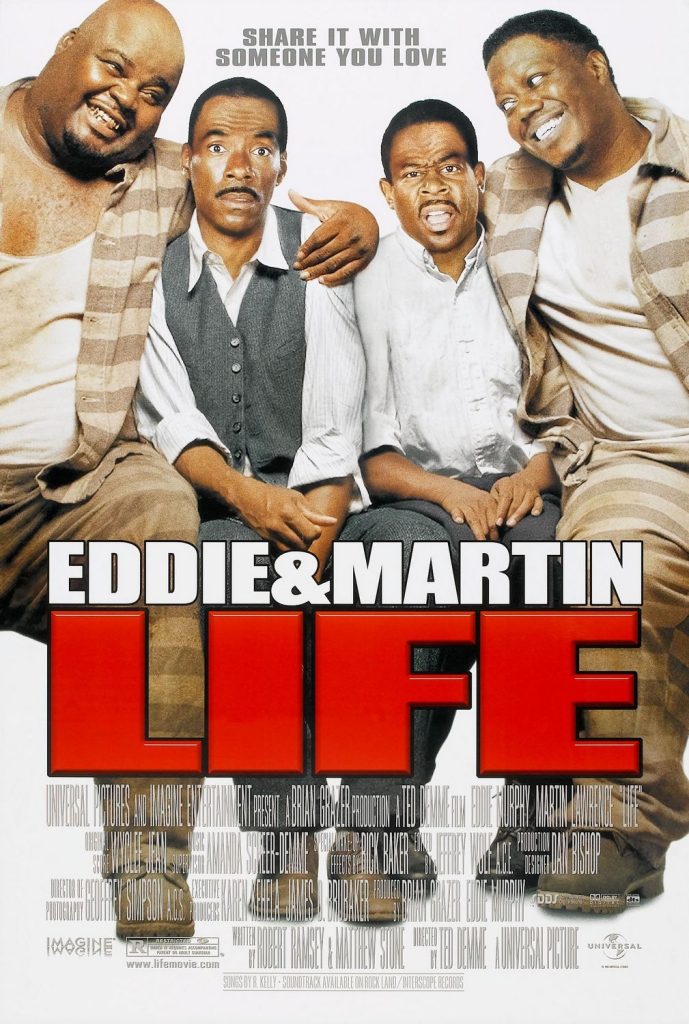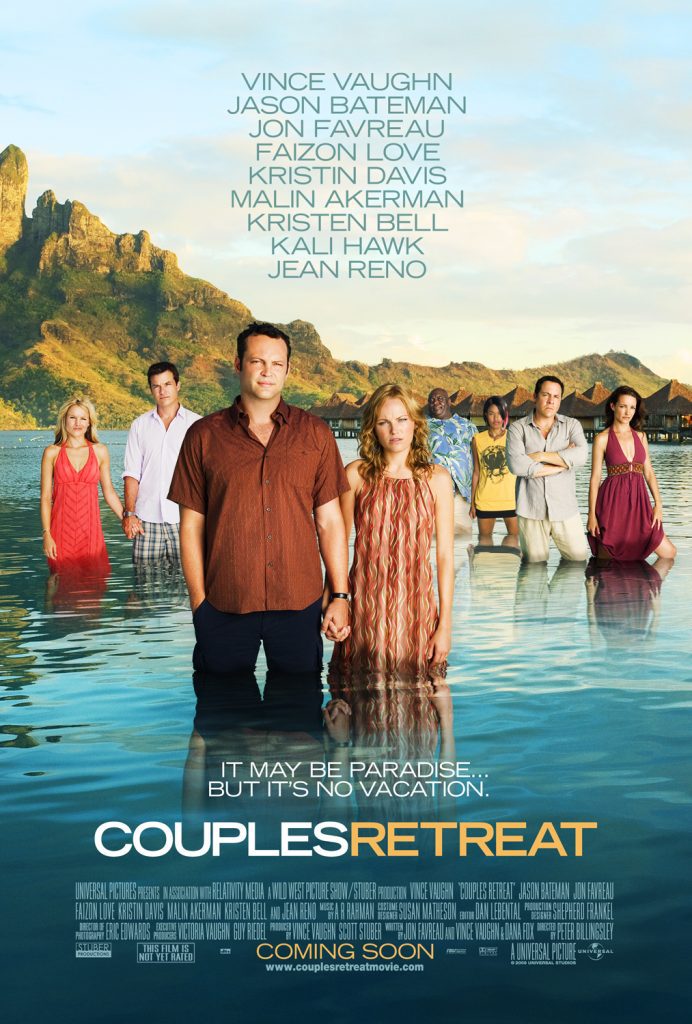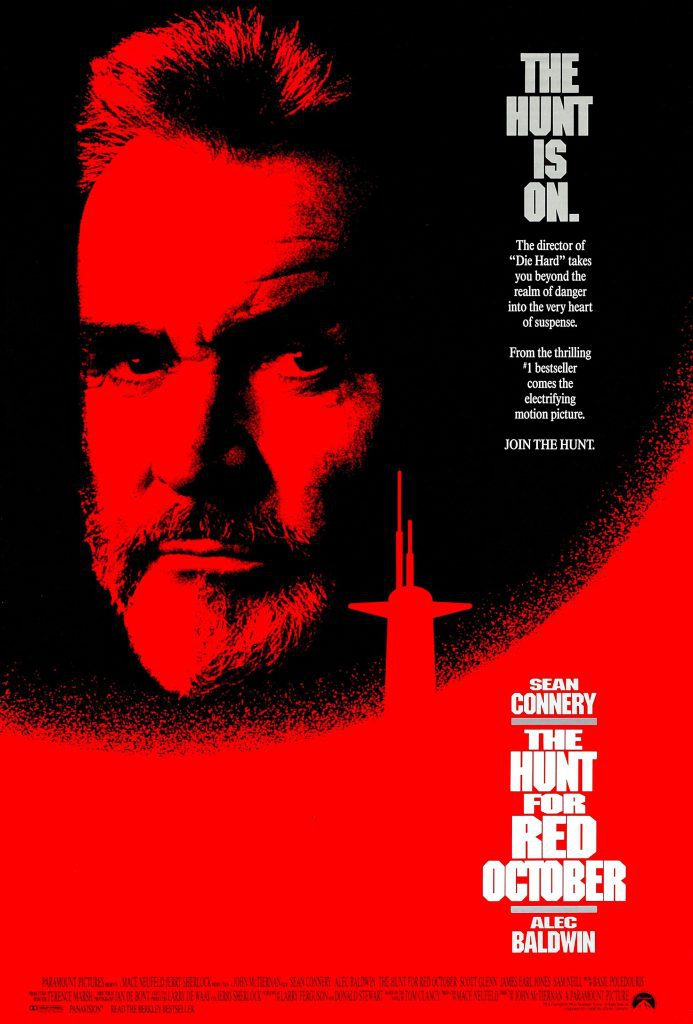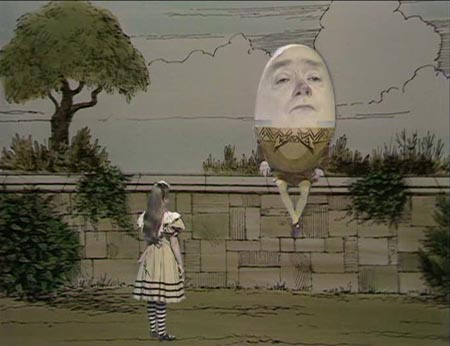
Broadcast on the BBC network Christmas Day 1973, Alice Through the Looking Glass is a live-action adaptation of Lewis Carroll’s book of the same name, the sequel to the immensely popular Alice in Wonderland.
When I noticed there hasn’t been a live-action take of Alice Through the Looking Glass in about 15 years, I wondered why. I’ve never read the book, but if this is any indication, I’m glad I passed it by. I hate to say it, but I was bored to tears. This is a 74 minute series of conversations, poetic recitations, and not much else. For hard-core devotees of Carroll’s work, Alice Through the Looking Glass may be a dream come true simply the words of their favorite author without any pesky action to interfere with them.
Alice (Sara Sutton, Doctor Who) is talking to her cats when she decides it would be a good idea to go through the looking glass and explore the house on the other side. She spends barely anytime inside, though, choosing to go outside to the garden where she meets the first of her tête-à-tête partners, Tiger Lily (June Watson, William and Mary). After their brief interlude, Alice encounters The Red Queen (Judy Parfitt, Call the Midwife) and this is where we believe the action will begin, for it is she who lays out the rest of Alice’s journey. During their discussion, Alice notes the entirety of the land is a giant chess board and oh, wouldn’t it be lovely if she were to become a queen? After serving as a pawn, she’s not asking for it outright, she’s willing to work for it. The Red Queen tells her yes, if she is able to navigate her way through, she will indeed become a queen.
While I wondered what trials and tribulations awaited her, there was nothing more than several conversations, including some favorites from the original book. In short, Alice goes on a long walk that is broken up by frequent discussions with fantastic creatures. She meets Tweedledee (Raymond Mason) and Tweedledum (Anthony Collin), preparing them for a battle that never materializes. She encounters The White Queen (Brenda Bruce) and helps re-clasp her cape. Humpty Dumpty (Freddie Jones) tells her the meaning of several of the gibberish words from the Jabberwocky poem. The White King (Richard Pearson) gets Alice to serve him cake. The White Knight (Geoffrey Bayldon) recites a song and falls off his horse.
After Alice’s walk, she does indeed become a queen, only to return home when she is unable to procure any food at her own feast. This reminded me a bit of Shelley Duvall’s Faerie Tale Theatre, both in concept and execution but it failed to capture my imagination or attention. I guess I’ve seen too many adaptations of Carroll’s Alice as a girl on an adventure to be charmed by this low-key version of the heroine.
Alice Through the Looking Glass is a work of another time, before green screen and digital trickery, when special effects were practical or done in-camera. The look and sound of the film are both dated, its boxy 1.33:1 full screen offering a desaturated palette on the verge of going out of focus and a Dolby 2.0 Stereo track which sounds like it was captured on a soundstage but never touched afterward. Then again, these tech specs may be an intrinsic part of what will appeal to the target audience, the original viewers who saw this in 1973 and have fond memories they wish to evoke. There are no bonus features.
Alice Through the Looking Glass is a nostalgia piece, pure and simple. Buy it if you fondly remember watching the broadcast, but those new to the story should skip it and read the book instead.
For more movies visit Soap2day.
